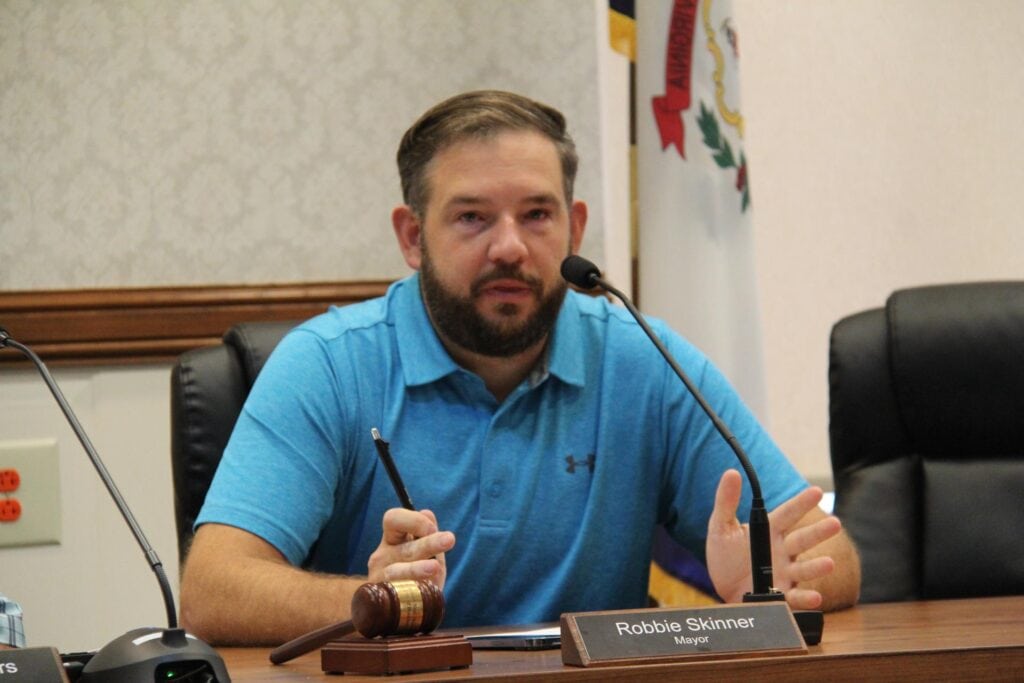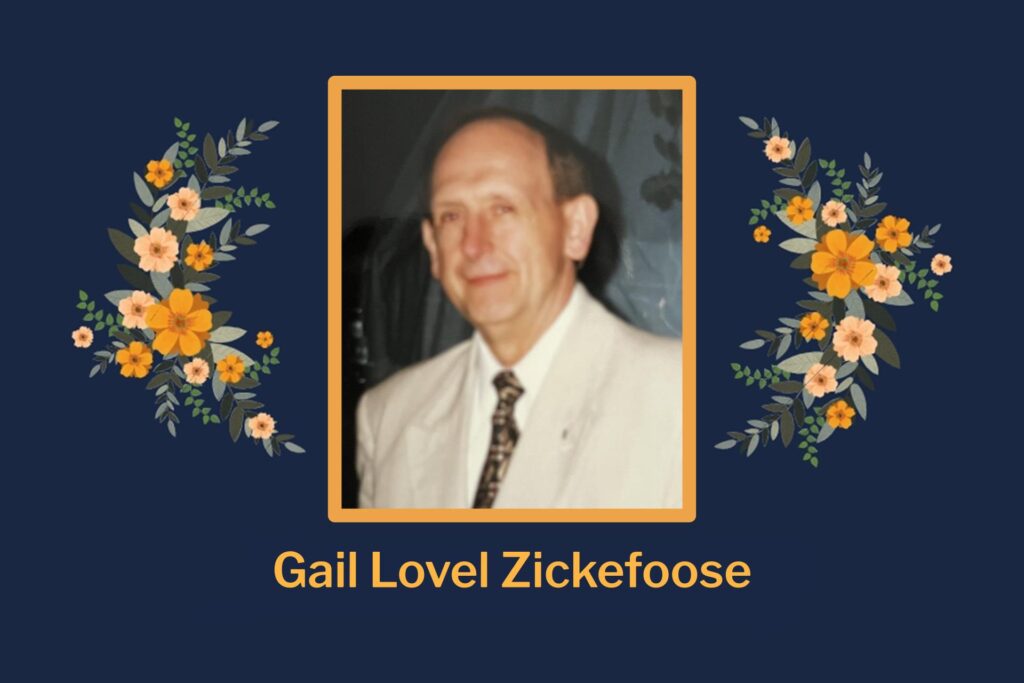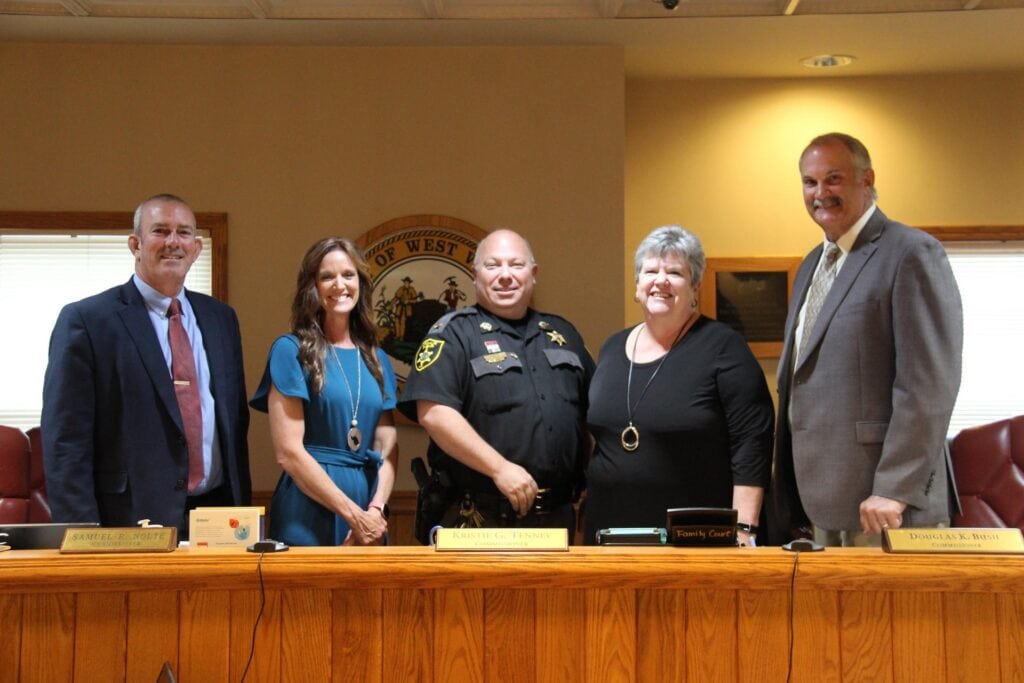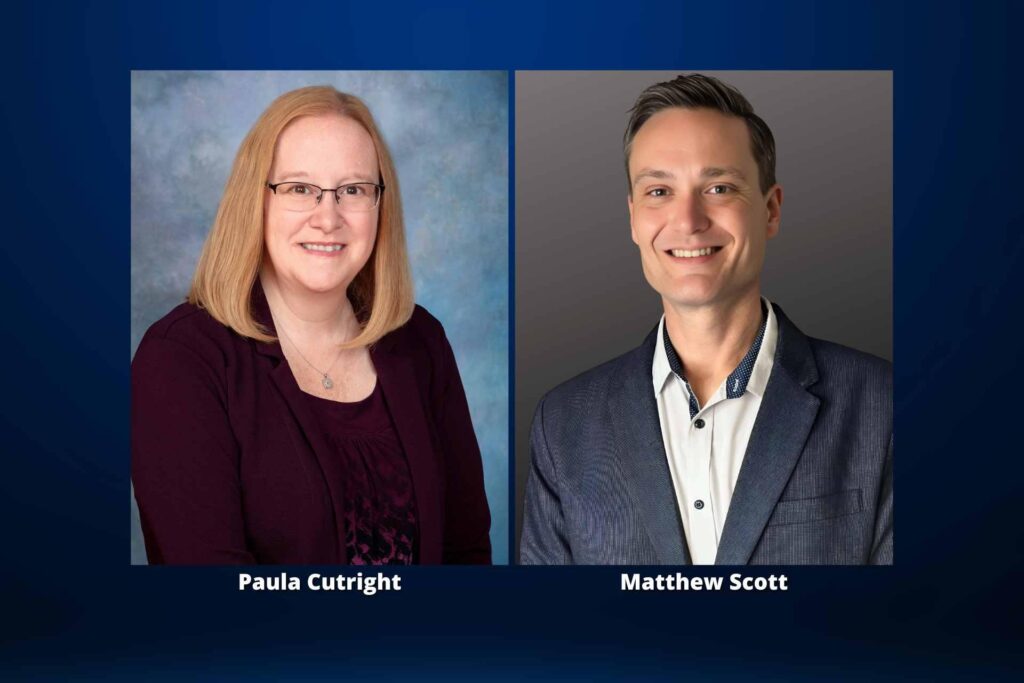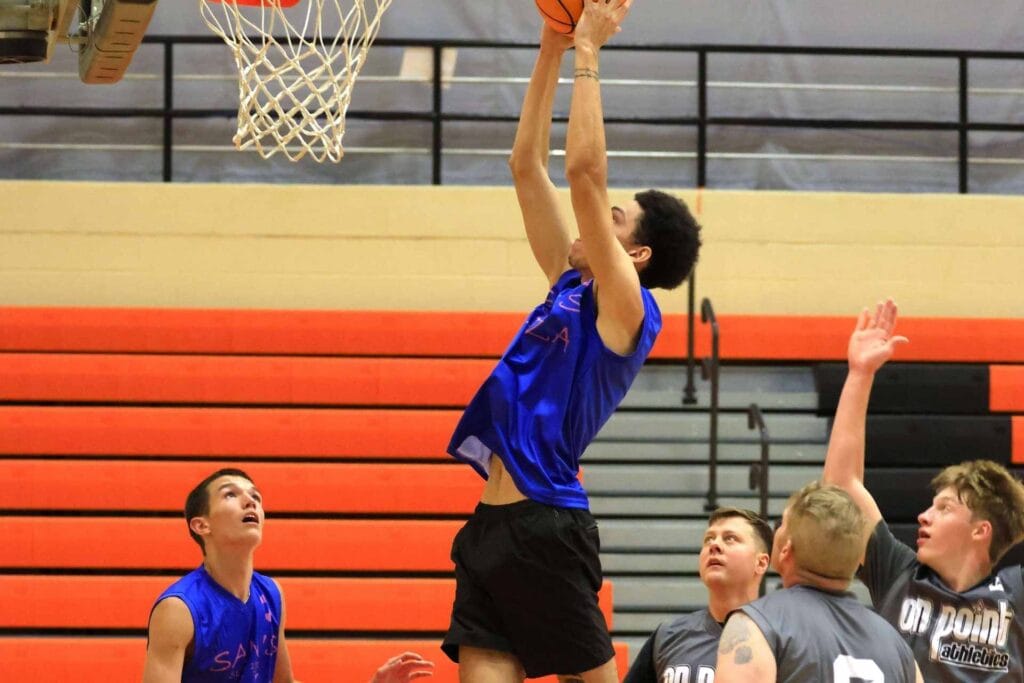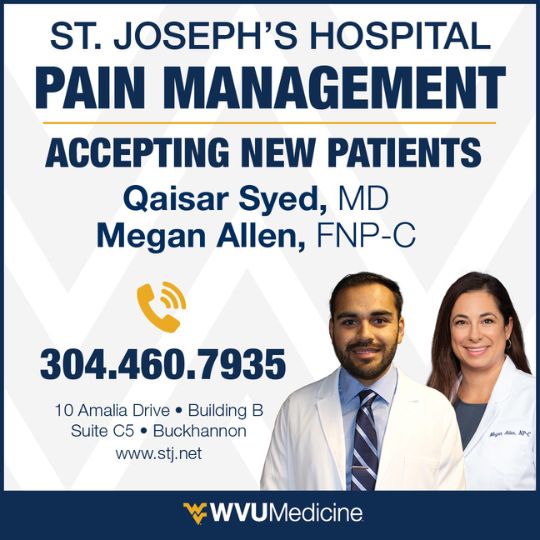BUCKHANNON – Two local health professionals updated Rotary Club of Buckhannon-Upshur on the current COVID-19 case numbers and how contact tracing works.
Nurse Director/Administrator of the Upshur-Buckhannon Health Department Sue McKisic said Upshur County had 38 confirmed cases of COVID-19 and two probable cases as of Tuesday, Aug. 18; two of those cases are active.
“A probable case is what our state and CDC (Centers for Disease Control and Prevention) considers a person who had a rapid test for COVID-19, which takes about 15 to 20 minutes, and it has been a positive,” McKisic said. “If it is positive, the state requires that they follow up with a PCR, which goes a little further into the nasopharynx area of the nose and is sent to a lab.”
“However, if this person chooses not to have that done, then they are considered a probable,” McKisic added.
Another example of a probable case is when a person lives in a home with a confirmed positive case and has developed some symptoms but has chosen not to get tested.
“We had 36 of our confirmed cases recover and our two probable cases, so right now we have two active cases,” McKisic said. “We have had no deaths in Upshur County, which I am very thankful for and I think everybody else in this county is thankful for. The health department is not testing for COVID-19; we were instructed in the very beginning of this through the state, and through our regional epidemiologists, that we were to do contact tracing.”
She said their contact tracing process is detailed and starts with calling the infected person after receiving the news of a positive COVID-19 test from the hospital or the provider.
“We have to call that positive case and see how many people live in the household,” McKisic said. “Then, we see if they can isolate from everyone else in the household by using a separate bathroom; setting up kitchen time; and cleaning and disinfecting when the positive person is not around so that nobody else can possibly pick this up.”
“I know some families are able to do this very well and some families are not,” she added. “Then, we have to know any other contacts that these people were in touch with.”
Workers give the person with the positive case the option to call all the people they have come in contact with, but if they do not want to tell anyone they are a positive case, the health department will call these individuals to let them know they may have been exposed.
“We ask for their phone number and their address,” McKisic said. “The address is very important to us – the address is submitted to the 911 Center as we have been directed by the state, so if any law enforcement, first responders, the fire department or whoever would have a call to that address, it will come up on the 911 system that three people in quarantine are at that residence, and then they know to wear proper PPE (personal protective equipment).”
She said they call every person that has been in direct contact with the infected person daily for 14 days.
“If they have symptoms longer than that, we call them longer because we want to know when those symptoms have resolved,” McKisic said. “Some people have no symptoms whatsoever, but because they have been a direct contact, they choose a few days later to go get tested, and they have tested positive, but they have no symptoms.”
She said the list of possible symptoms of COVID-19 has grown since the beginning of the pandemic.
“Signs and symptoms more or less were a temperature and cough, and that has also changed,” McKisic said. “We have had people report sore throat, runny nose, body aches, red watery eyes, eye infections, shortness of breath, nausea, vomiting, diarrhea, fatigue and headaches. So, technically, this could be anything presenting as a cold – it could be the flu, it could be a stomach virus. We’ve had a couple people tell us they had the stomach virus and went to the doctor, who sent them for a COVID-19 test, and those people tested positive, so this is ever-changing for all of us.”
She said they just learned last week that positive cases are not believed to be infectious after 10 days from the onset symptoms.
“The reason we’re glad to know that they’re not infectious, or hopefully not infectious after 10 days, is because some of our people have not completely shed the virus in two weeks,” McKisic said. “We have known of people in our state and even in our county who have, after 21 and 25 days, still tested positive, and they need the two negative results to happen 24 hours apart to return to their jobs, or to be able to fly back to their home where they came from … It’s very frustrating when people can’t go back to work.”
Health department medical director Dr. Joseph Reed discussed why COVID-19 is so contagious.
“First of all, there’s a lot of asymptomatic spread,” Reed said. “We think there’s about 60 to 80 percent of people who actually get the infection that don’t have symptoms and don’t get sick.”
He said Americans are also not accustomed to wearing masks.
“I think another issue of contagiousness is our culture itself, because we’re not used to wearing masks and we don’t like the idea of being told what to do,” Reed said. “By and large, we know there are certain countries around the world that are much better in that respect, but I plead with you all to set the example and encourage other people to try to follow that recommendation.”
Reed also shared results of a study he has conducted for several years about the percentage of Upshur County residents who opt to receive the flu vaccine.
“Twenty-five percent of Upshur County residents take the annual flu shot, and I’ve been tracking this for six or seven years, so I think that number is pretty accurate,” Reed said. “My argument is, we’re not going to get more than 25 percent – and probably less – who will take a vaccine for COVID-19.”
“I say, eventually, and these are my personal thoughts, that eventually 80 percent of people will have the infection either asymptomatic or symptomatic in our county,” Reed added.
He said it’s still essential to slow the spread of COVID-19 in order to not overburden medical resources.
“I think we’ll see this spread out and we can’t prevent everybody getting it, but we can manage the complications that come with those who do get infected and that are symptomatic,” Reed said. “I estimate, again personally, that we’re going to be dealing with this for at least two to three years and maybe longer.”




